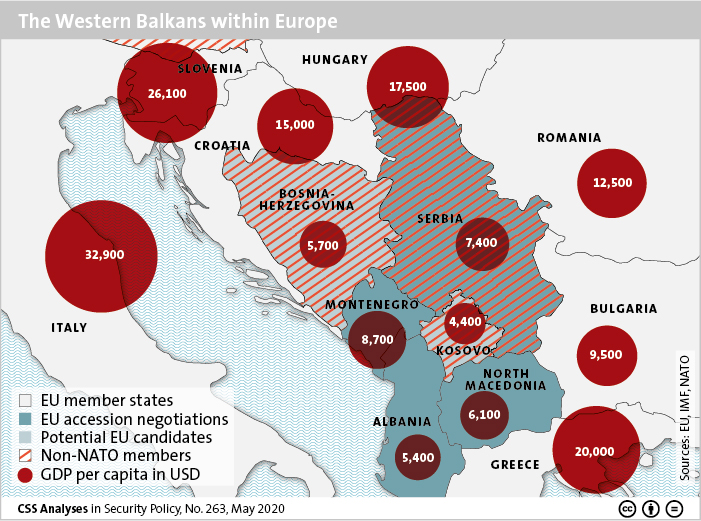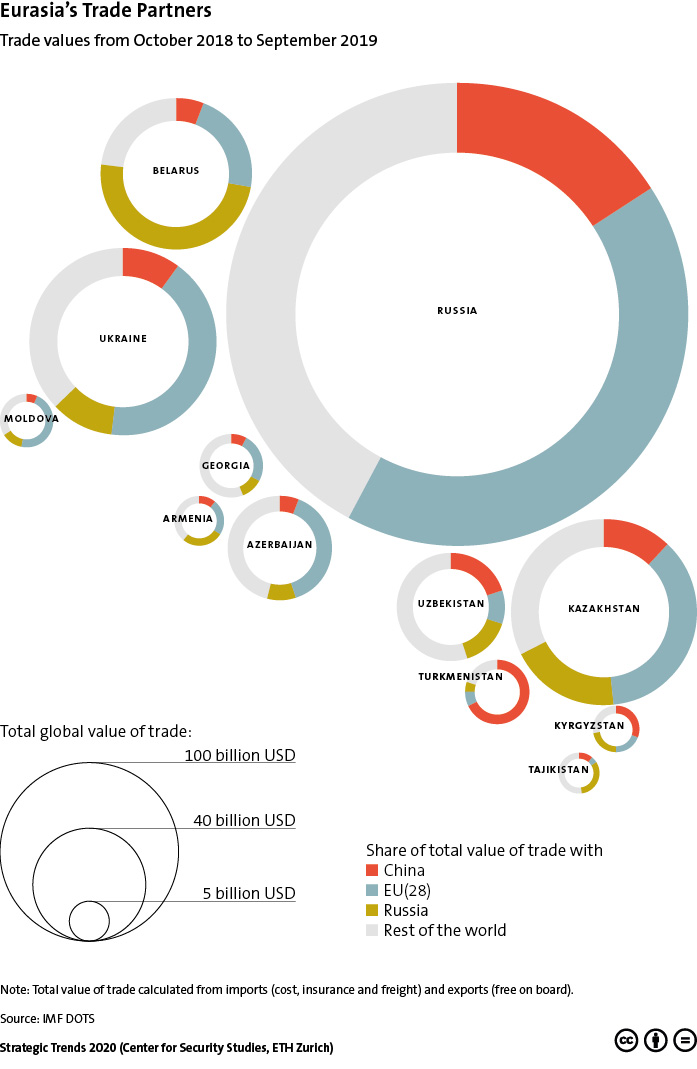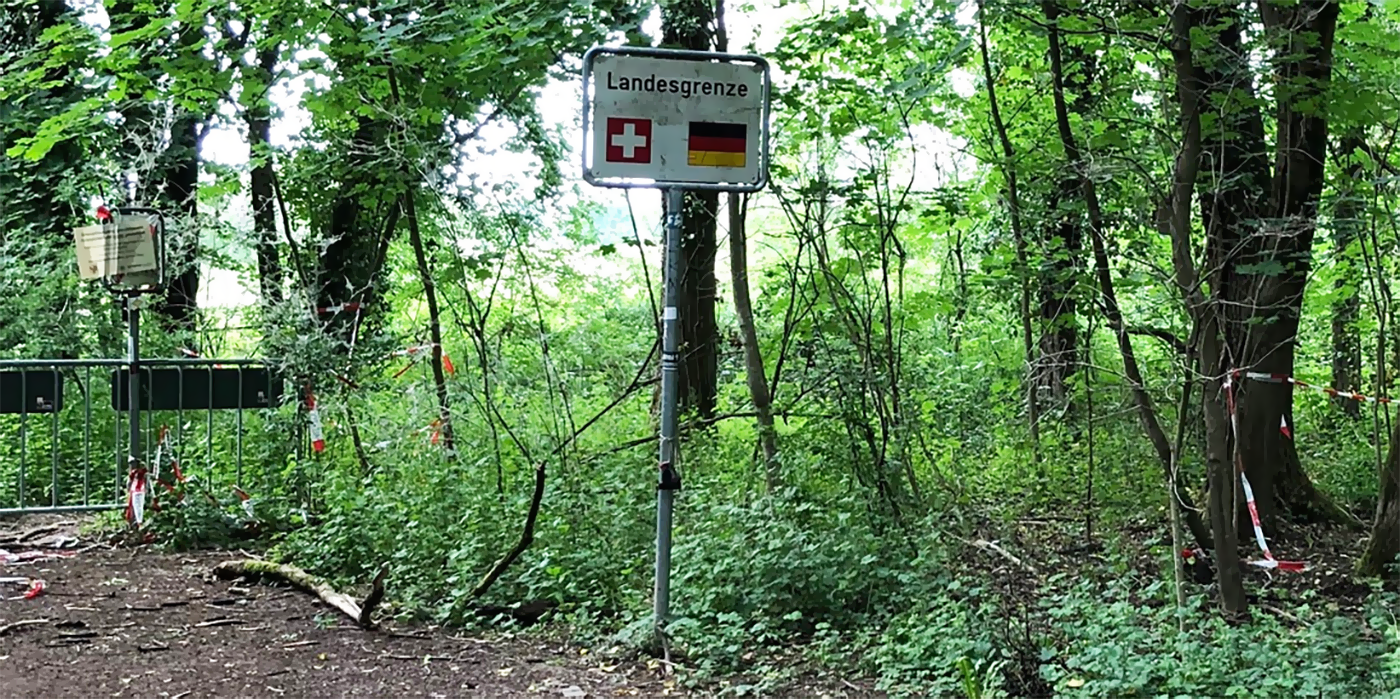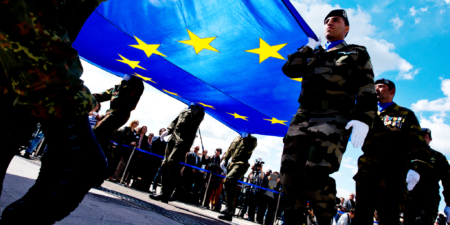
This graphic maps the Western Balkans in Europe focusing on their GDP. With the exceptions of Croatia and Slovenia, the Western Balkans are unable to achieve growth rates that enable it to catch up with EU averages. The average GDP per capita for the six countries is half that of Central European countries and only one quarter of that of Western Europe.
For insights on the Western Balkans between the EU, NATO, Russia & China, read more of Henrik Larsen’s CSS Analyses in Security Policy here.




